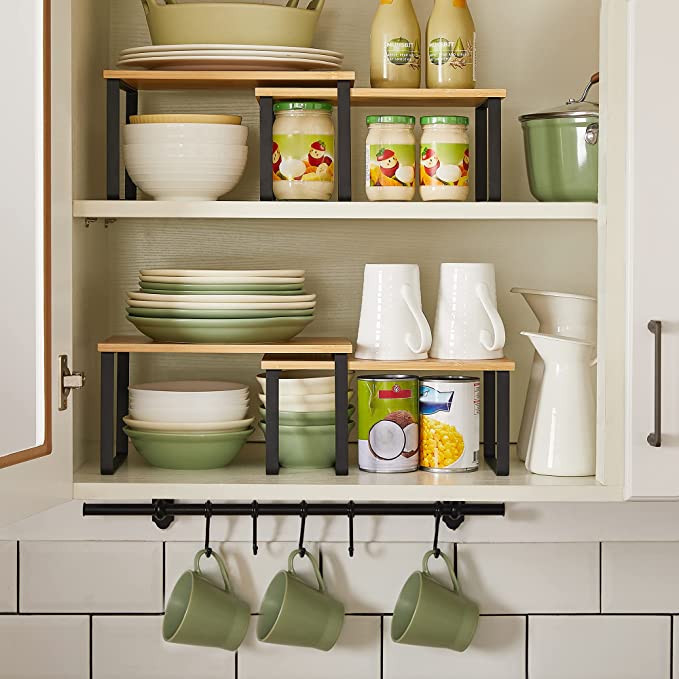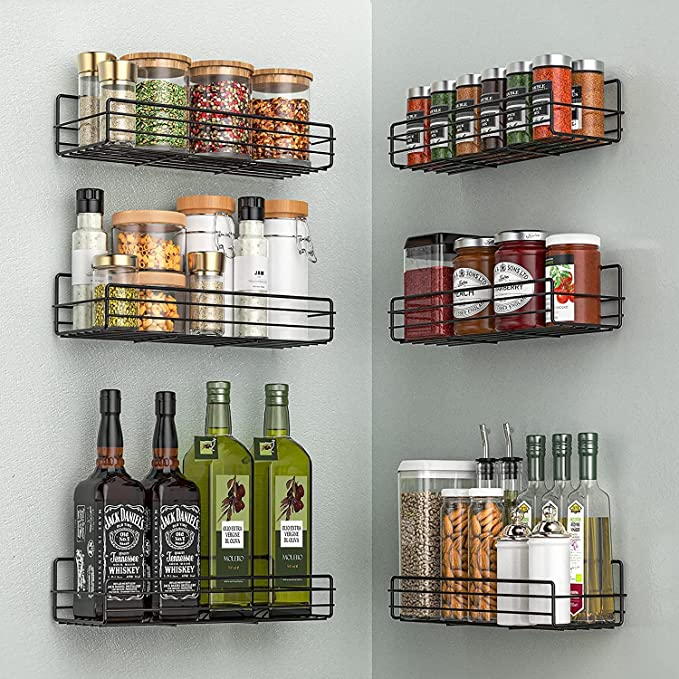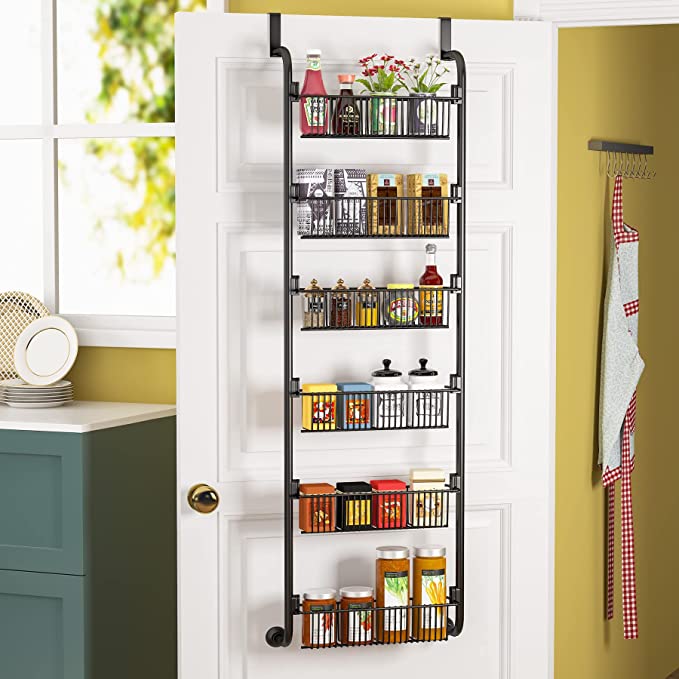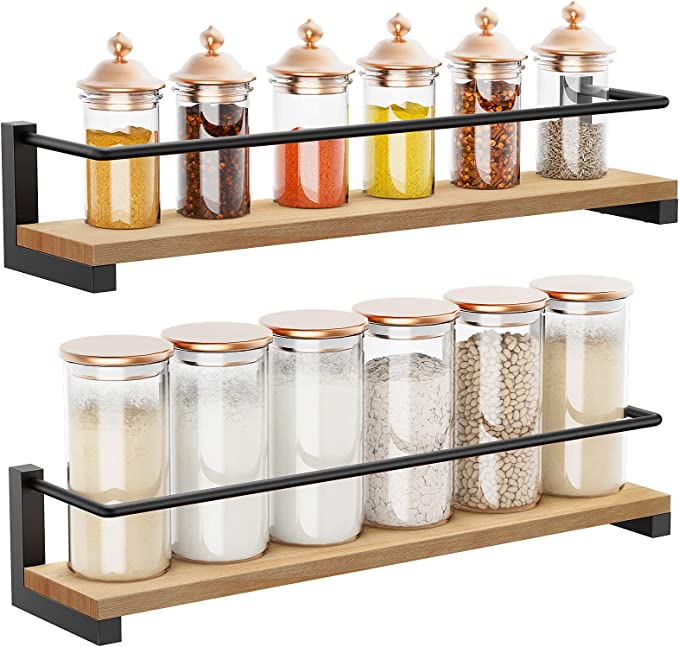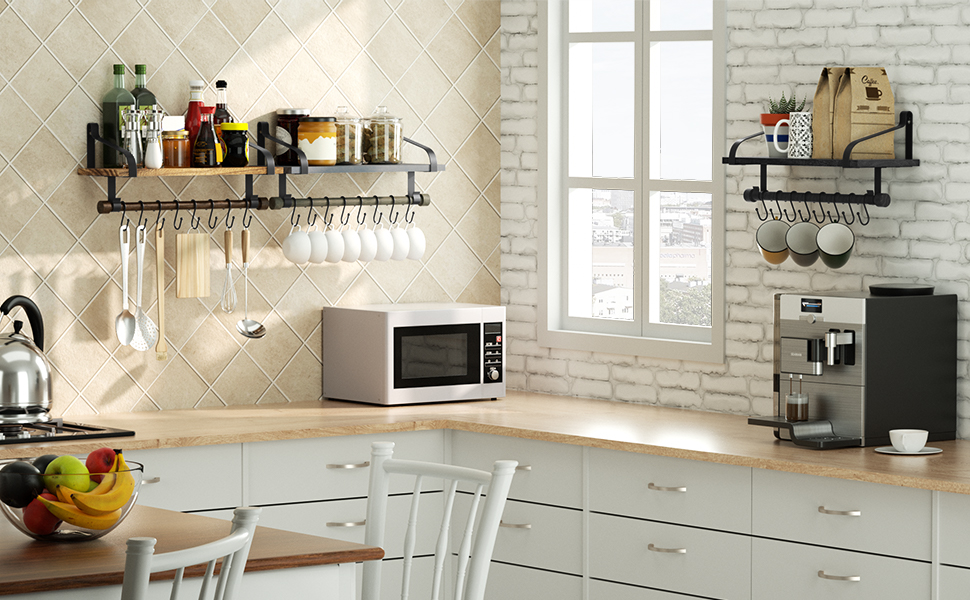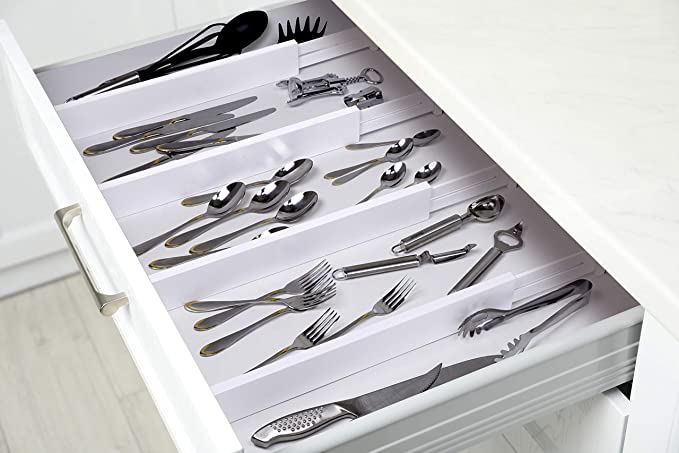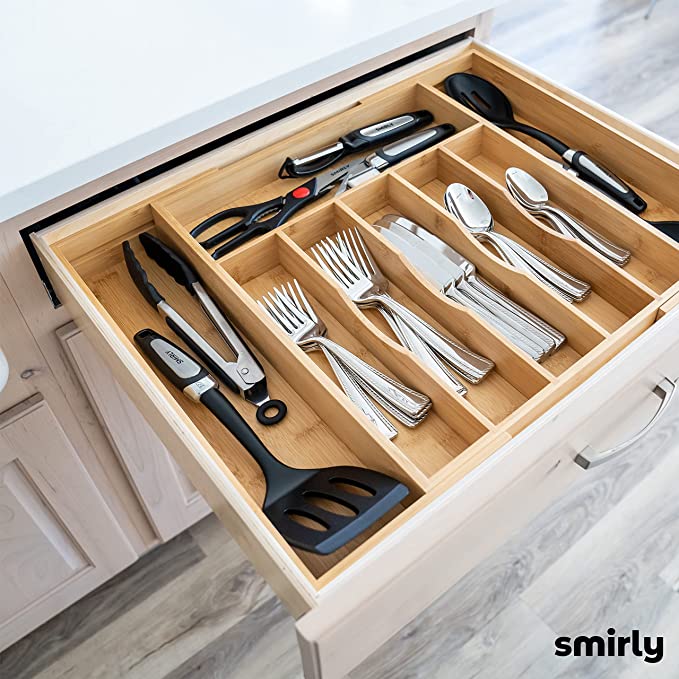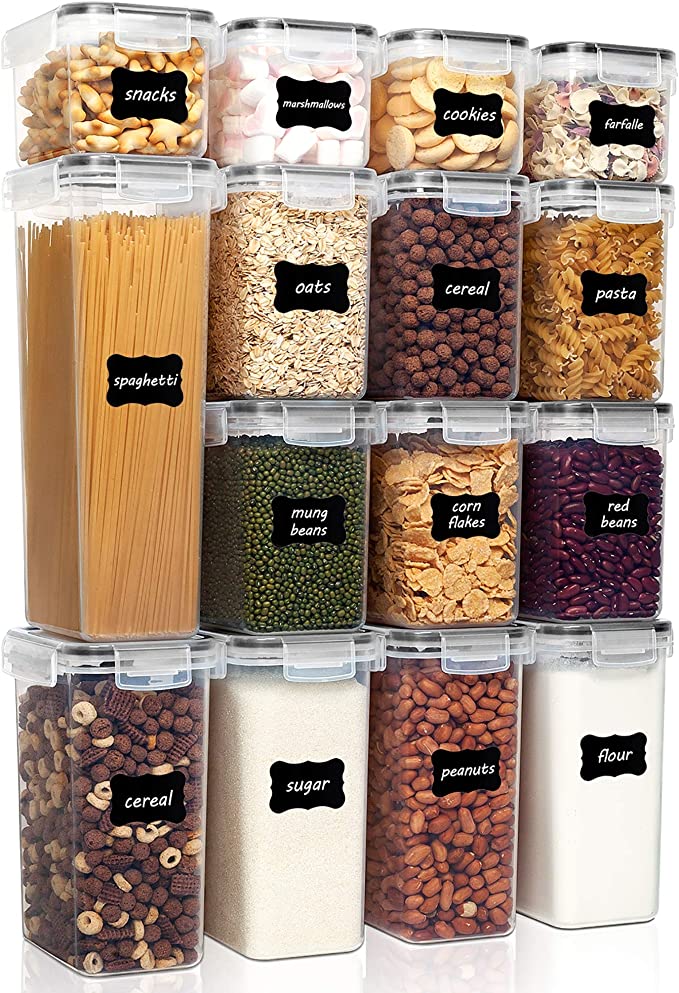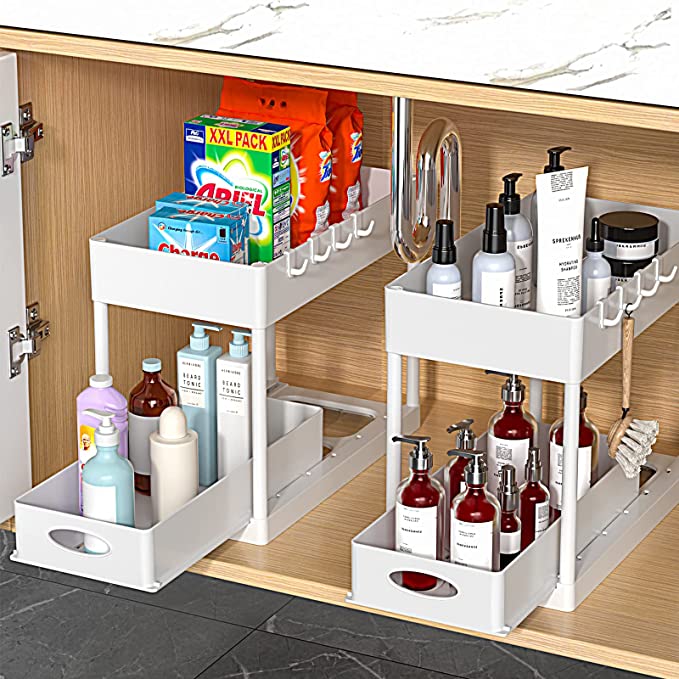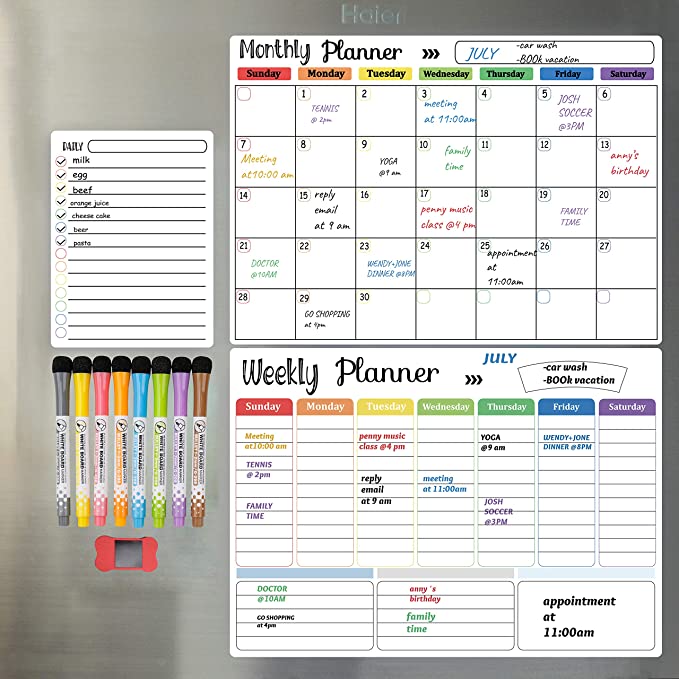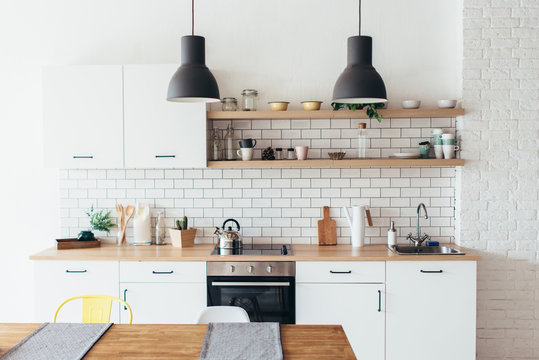
Why is kitchen organization important, you might wonder?
Beyond the aesthetic benefits, an organized kitchen saves you time and effort, enhances productivity, and makes meal preparation a breeze. It allows you to access the tools and ingredients you need without frustration, enabling you to fully enjoy the cooking process.
A well-organized kitchen is the heart of any home, where delicious meals are prepared, cherished memories are made, and family and friends gather. However, maintaining a clutter-free and efficient kitchen can sometimes feel like a daunting task. The good news is that with the right strategies and smart tips, you can master kitchen organization and transform your space into a functional and visually appealing culinary haven.
In this blog post, I will delve into the world of kitchen organization and share valuable insights and practical tips to help you reclaim control over your kitchen. From decluttering cabinets to maximizing storage space and implementing clever organizational solutions, I’ve got you covered.
*Disclaimer: Please note that some of the links in this post are affiliate links, which means I may receive a small commission if you make a purchase through those links. This helps support the blog and allows me to continue to create content like this. Thank you for your support!
Kitchen Organization Tips:
1. Declutter Your Cabinets and Drawers
Starting your kitchen organization journey with decluttering is a crucial first step towards achieving a well-organized and efficient space. The cabinets and drawers in your kitchen often accumulate a multitude of items over time, many of which may no longer serve a purpose or contribute to your culinary endeavors. By following the tips below, you can effectively declutter your cabinets and drawers, creating more space and setting the stage for easier organization.
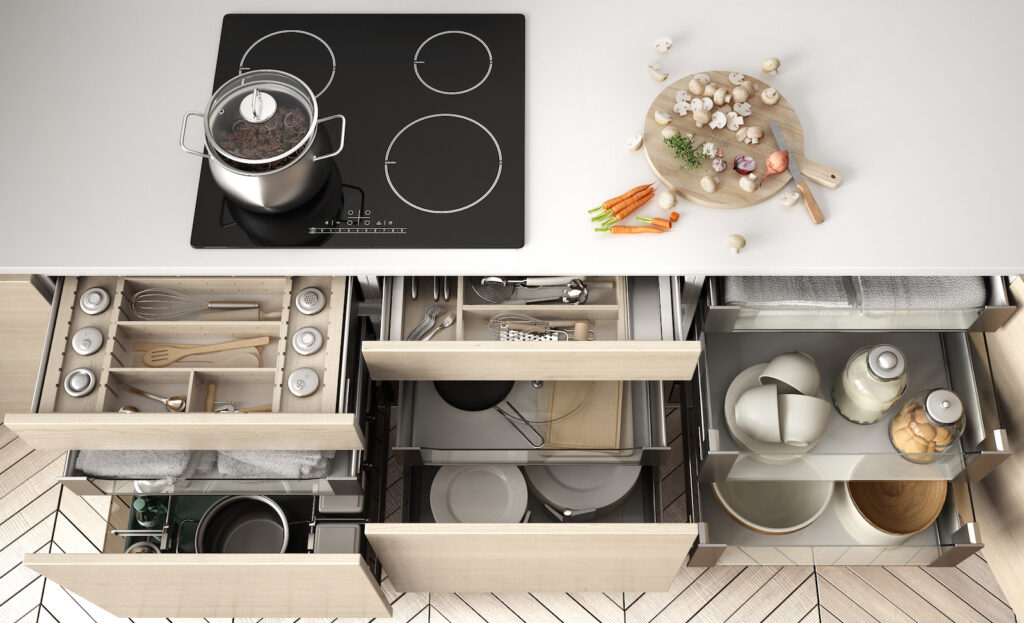
- Remove everything and assess each item:
- To begin the decluttering process, empty out your cabinets and drawers completely. This allows you to see all the items you have accumulated and assess their relevance and condition. Take the time to examine each item individually, considering factors such as frequency of use, functionality, and sentimental value.
- Donate or discard anything you no longer need:
- Once you have all the items laid out, it’s time to make decisions. Be honest with yourself and let go of things you no longer need or use. This includes duplicate items, broken utensils, appliances you rarely use, and expired spices or food products. Consider donating usable items to local charities or passing them on to friends or family members who might find value in them.
- Keep only the essentials:
- When deciding what to keep, focus on essentials. These are the items you use frequently and that contribute to your cooking and meal preparation routines. Think about the tools and utensils that are truly necessary and serve a specific purpose in your kitchen. This helps you create a streamlined and efficient space, free from unnecessary clutter.
- Assess storage solutions and consider new ones:
- As you declutter, take note of your existing storage solutions and their effectiveness. Determine if they are maximizing space and allowing for easy access to items. If you find that certain cabinets or drawers are not suitable for their current contents, consider alternative storage options such as stackable organizers, drawer dividers, or hanging racks. These additions can help optimize your space and improve organization.
- Organize items by function or category:
- Once you have decided which items to keep, it’s time to organize them in a logical and efficient manner. Group similar items together based on function or category. For example, designate a specific cabinet or drawer for baking supplies, another for pots and pans, and separate drawers for utensils and cutlery. This creates designated spaces for each item, making it easier to find what you need when you need it.
2. Utilize Vertical Space:
- Maximize your kitchen’s storage potential by utilizing vertical space. Install hooks or racks on the walls or inside cabinet doors to hang pots, pans, and utensils. Consider installing a pegboard to display and organize frequently used tools. This way, you’ll free up valuable counter and cabinet space.
3. Invest in Drawer Dividers and Organizers:
Drawer dividers and organizers are lifesavers when it comes to kitchen organization. Use them to separate and categorize cutlery, cooking utensils, and gadgets. With each item having its designated compartment, you’ll easily locate what you need, while keeping your drawers neat and tidy.
4. Label Your Containers:
Opt for clear, airtight containers to store dry goods like flour, rice, pasta, and spices. Label each container with its contents to avoid confusion and promote easy identification. This not only keeps your pantry organized but also ensures your ingredients remain fresh for longer.
5. Optimize Under-Sink Storage:
Under-sink areas often become cluttered with cleaning supplies and miscellaneous items. Make use of this space by installing tension rods to hang spray bottles, installing stackable bins or drawers to keep cleaning products organized, and utilizing vertical shelves to store extra sponges or towels.
6. Implement a Kitchen Inventory System:
Maintaining an organized kitchen involves keeping track of your inventory. Here are some examples and tips for implementing a kitchen inventory system that will help you shop efficiently and avoid unnecessary duplicates:
- Whiteboard or Chalkboard:
- Hang a whiteboard or chalkboard in your kitchen to record pantry items and their quantities.
- Use different colored markers or chalk to differentiate between different categories of items.
- Write down expiration dates next to each item to easily identify what needs to be consumed soon.
- Reserve a section for a shopping list where you can jot down items that need to be replenished.
- Dedicated Inventory App:
Here’s a brief list of popular dedicated inventory apps for kitchen organization:
- Pantry Check
- Out of Milk
- AnyList
- Fresh Box
- Grocery Pal
These apps offer features such as barcode scanning, expiration date tracking, and recipe suggestions based on your inventory. Explore these apps to find the one that best fits your needs and preferences.
Conclusion
Remember, kitchen organization is an ongoing process. As your needs change and evolve, periodically assess your organization systems and make adjustments accordingly. Regular decluttering and maintenance will ensure that your kitchen remains a well-organized and enjoyable space for years to come.
Now it’s time to put these smart tips into action. Take a closer look at your kitchen, evaluate its current organization, and start implementing the strategies that resonate with you. Remember to personalize the solutions to fit your unique needs and style, ensuring that your kitchen truly becomes a reflection of your culinary aspirations. Happy organizing and happy cooking!
For MORE design inspiration and tips, please check out my ETSY SHOP, PINTEREST, AND INSTAGRAM! Thank you for reading! 🙂
